How To Build A Niche Coworking Community? The Experience of MotionLab Berlin.
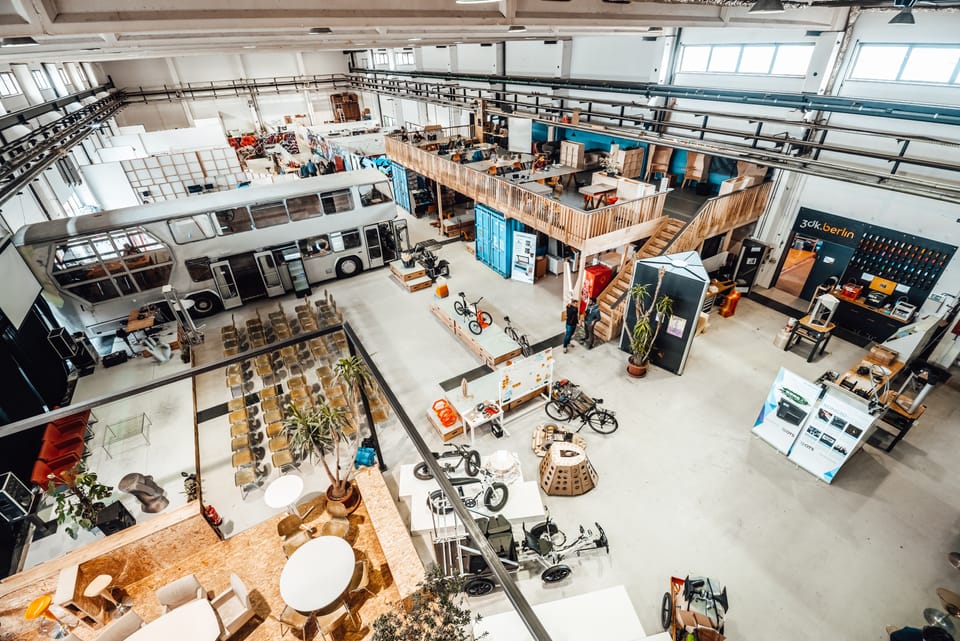
In our previous coworking case study, we began to explore the essence of community within coworking spaces. Community, while crucial, is not as easily defined or cultivated as the physical aspects of these spaces. Beyond the tangible elements, the community is an intangible presence, felt the moment one enters a coworking space, apparent for instance, in the greeting from staff or the design of the space itself.
Yet, why is nurturing a sense of community so challenging? Unlike a physical space, a community is built on human connections—emotions, feelings, desires, and interests that are constantly in flux. This article delves into the complexities of building a community, emphasizing the importance of understanding and nurturing these human elements.
As the coworking world expands, some spaces have chosen to curate their communities, not for exclusivity, but to maximize value based on shared skills, interests, and capabilities. This evolution has introduced the concept of niche coworking communities, tailored environments that cater to specific professional sectors or interests.
Today, we will focus on these niche communities, examining their unique characteristics and the positive impacts they have forged. Join us as we explore how niche coworking spaces are not just responding to the need for physical workspaces but are fostering deep, meaningful connections among their members.
🪺 What’s a Niche Coworking Space?
🔎 What kind of niche coworking communities exist around the world?
🤓 Case Study: How Did MotionLab Berlin Gather A Community of Hardware Startups?
🚀 To Go Further: Discover More Niche Communities
🪺 What’s a Niche Coworking Space?
To fully engage with the upcoming coworking case study, let's first demystify the concept of a niche community within the coworking world. We'll look into what makes a coworking space "niche" and explore the different niche communities flourishing in coworking spaces globally. This brief yet insightful exploration aims to highlight the inherent flexibility of coworking: its ability to adapt and cater to the needs of distinct professional groups.
“Coworking is the same dish everyone cooks differently.”
1️⃣ Messaging and value proposition focused on one target audience / one industry.
2️⃣ Designed to cater to the specific needs of that one target audience.
3️⃣ Provides specialized resources, tools, and equipment that cater to the unique needs of the niche.
🔎 What kind of niche coworking communities exist around the world?
Paperwork by Paperspace 🇹🇭
The Society Building 🇬🇧
Senior Planet 🇺🇸
🤓 Case Study: How Did MotionLab Berlin Gather a Community of Hardware Startups?
It's time for you to unpack the coworking case study that awaits, or should we rather say, 'the makerspace case study'? To further our exploration of niche coworking communities, let's journey to Berlin to discover MotionLab Berlin.
More than just a space, MotionLab Berlin has become a hub of hardware innovation in the city and beyond. How has the community shaped the space over the years? What measures did the team implement to facilitate interactions and connections among a group of professionals who are building products that are reshaping the future of various industries?
Discover below a fascinating story of care, patience, active listening, and positive impact.
MotionLab Berlin Lab ID Card
Location: Berlin, Germany
Q: How did MotionLab Berlin come to life?
find“I wanted to build a special kind of bike and got rejected by manufacturers ("your idea is stupid"). I went to FabLab and found Chris (my 1st co-founder) who simply said: let's do it. After FabLab ran out of space and resources to propel us forward further we looked for the next bigger Lab. We could not find it and decided to find such a Lab ourselves. Business knowledge was needed and Fridtjof (2nd cofounder) was recommended to us.”
Christoph Neye, Co-Founder of MotionLab Berlin
Number of spaces today: 2
Sneak peek at MotionLab Berlin ⬇️
(Image Credits: MotionLab Berlin)
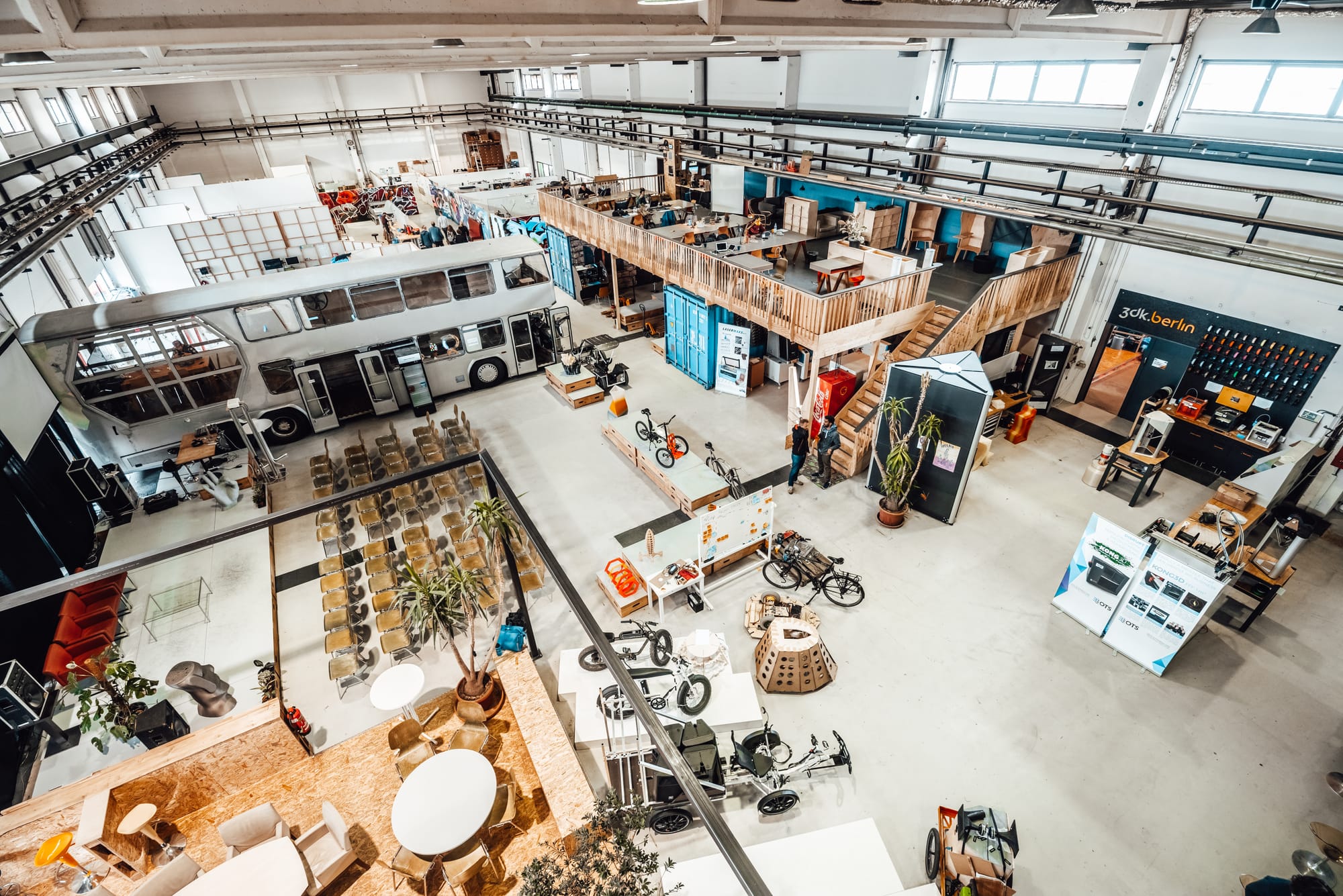
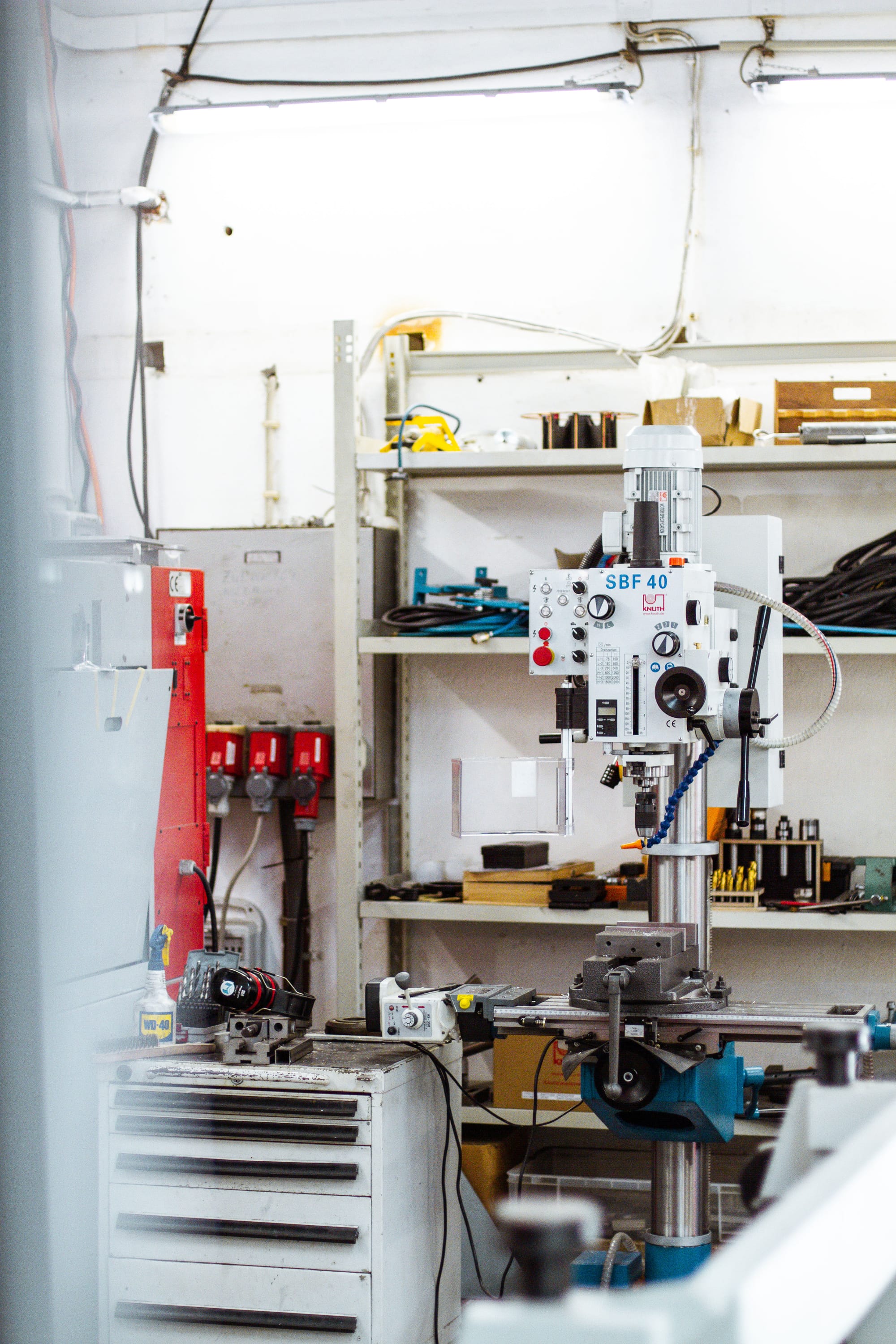
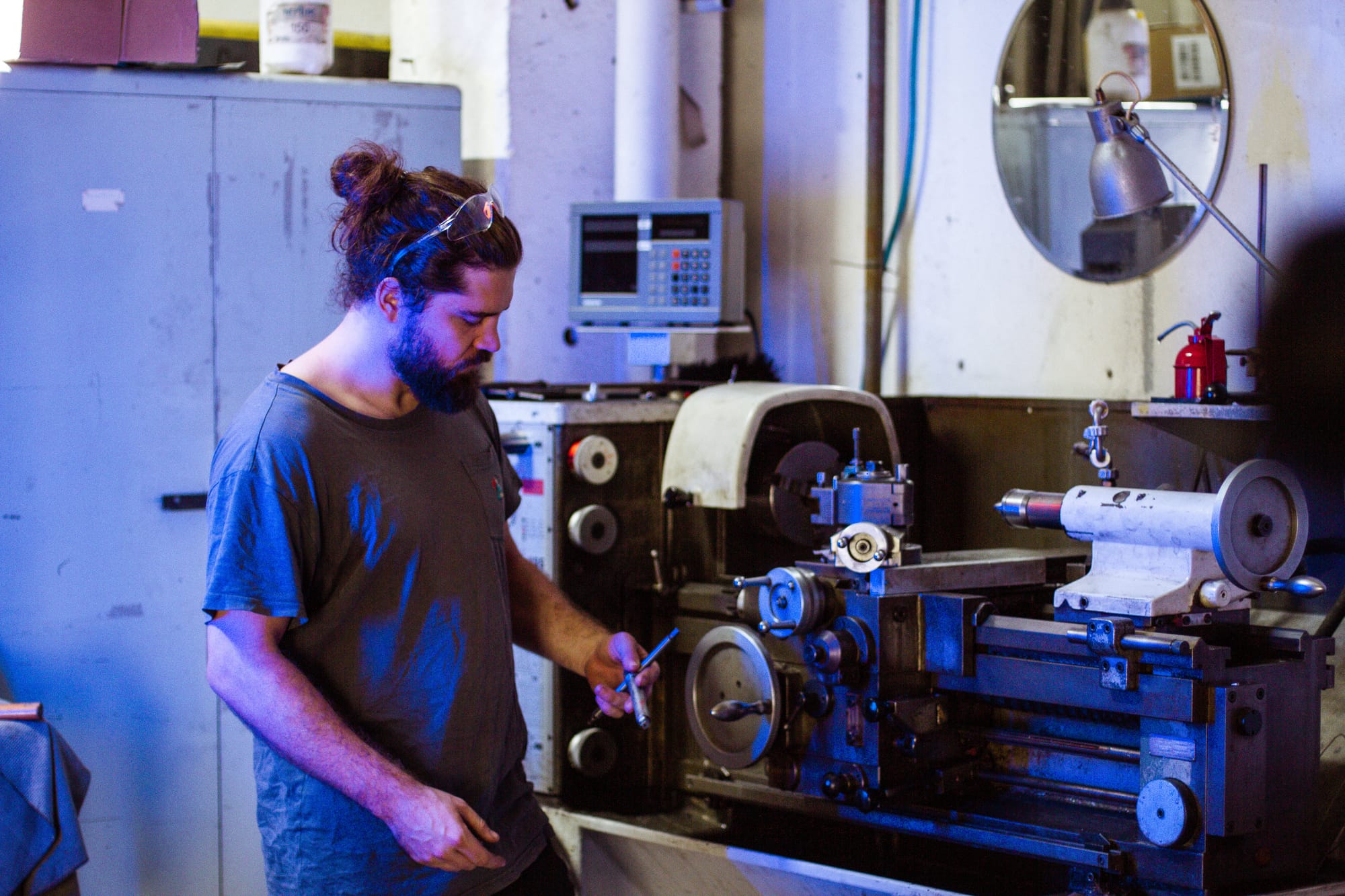

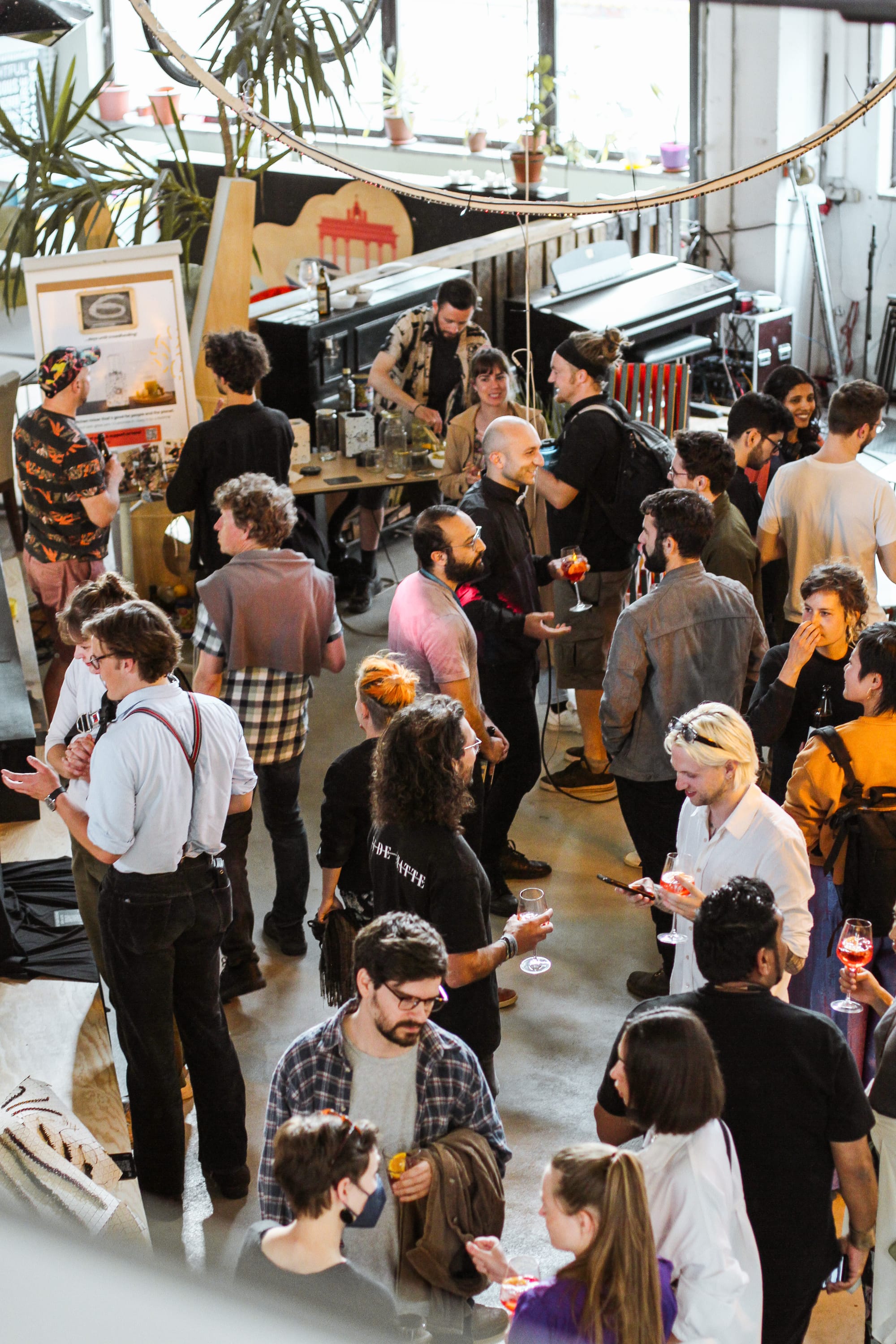
MotionLab Berlin and Community: A Case Study
The Beginning
MotionLab started with the desire to build a community around hardware startups. The 3 co-founders designed the space taking into consideration the needs of their future community: a large facility, access to tools and equipment, and access to a like-minded group of people.
Growing
Over the years MotionLab Berlin has grown, both in size and in awareness within the city of Berlin and beyond. Growth has meant that the brand attracted new types of members, whom they’ve integrated within their community in different ways, but always with the desire and intention to create value for everyone who gravitates in and around the space.
Today
As you are about to discover, MotionLab Berlin now has 3 layers of community:
- Its core community
- Its extended community
- Its “supporters”
Keep scrolling down to discover what those are and how the MotionLab Berlin team facilitates interactions between them all.
A conversation with Matthew Mchina, Growth Manager at MotionLab Berlin
🎤 Hi Matthew, so nice to have you with us! Can you start by briefly introducing yourself?
Yes, my name is Matthew. I work for Motion Lab Berlin as the Growth Manager. I am primarily responsible for expanding our community by scouting for the right individuals we wish to include, as well as onboarding them to join our network and space. I'm currently displaying a picture of Motion Lab on the screen so people can get a glimpse of what it looks like. It's much larger.
🎤 Tell us, how did MotionLab Berlin come to life?
So, it's quite a long and complex story but let me try to shorten it. We have three co-founders, each with a distinct vision for what they wanted MotionLab Berlin to be.
One co-founder, coming from a prototyping background, was well-versed in machinery and had experience as a managing director at another maker space in Berlin. His goal was to create a space where people could work on projects and build physical products.
The second co-founder had a strong focus on micro-mobility. For him, it was crucial to establish a space where stakeholders in the micro-mobility field could discuss trends, technologies, and ways to elevate micro-mobility in Berlin.
The third co-founder approached from a business angle, aiming to provide a space where entrepreneurs could develop their prototypes to turn them into viable businesses.
Despite their differing perspectives, the co-founders united to shape MotionLab Berlin into what it is today. This diversity is reflected in our community, as our members come from various backgrounds and viewpoints.
🎤 Who is a part of the MotionLab Berlin community?
MotionLab Berlin is a place where you can find a diverse group of individuals. The space was created for hardware startups lacking a space to build their prototypes and a community for acquiring the necessary knowledge and skills for growth. At its core, you'll find numerous hardware startups from various sectors such as micro-mobility, agritech, or health tech.
Additionally, the space is filled with engineers and designers who support these startups with the intricate details of their projects, and we also host many freelancers. Lastly, our community includes artists, makers, individuals from the software industry, and those working on DIY projects.
What makes the MotionLab Berlin Community remarkable is this diversity, blending professional and personal perspectives into a cohesive and vibrant environment.
🎤 Today, we are exploring what community means for different coworking spaces around the world. What would you say community means to you guys at MotionLab Berlin?
For us, the community is one of the main reasons people join MotionLab Berlin.
Community to us means the ease with which you can find the skills and knowledge you're searching for. This is particularly important because many people, especially in the hard tech space, struggle to find the necessary skills and knowledge.
In our community, we have various settings where, if you need something, you can simply send a message to the entire community saying, 'Hey, my name is Matthew, this is the project I'm working on, and this is what I'm looking for.'
Thus, community to us signifies having these interconnections where, if you're looking for something within the space, you can easily find it. It's also very much based on a willingness to engage, where people are excited to see new members join and eager to learn about what you're working on.
The moment you share your project, you'll already have five people offering to meet in the kitchen for coffee because, for them, your presence enhances their MotionLab Berlin experience. That's what community means to us.
🎤 At the beginning of the event, we discussed how MotionLab Berlin encompasses diverse groups, from the core community of makers who might work on their projects daily, to those who engage more sporadically, perhaps attending only events or workshops. Could you elaborate on your strategies for integrating and managing these different segments within the community?
At MotionLab Berlin, our community engages on a project basis, whether they are startups, artists, or makers. Typically, they join us for a few months, leave, and return when they have another project. Consequently, the composition of our community changes significantly over time; I would estimate that 60% of the members from last year are not the same as those we have this year, with the current members being those actively working on projects.
Regarding the structure of our community, we recognize three main groups: the core community, which consists of long-standing members. We often say this group is the most crucial part of our community because they embody and foster our community spirit. Whether it's organizing a dinner or reaching out for help, they are the ones who keep the community spirit alive.
Then, some are part of the broader community, who may choose to be more or less involved, depending on their preference. Additionally, we have a wider network of individuals interested in MotionLab Berlin, they come to the space but are not necessarily members.
To bridge these groups, we host community barbecues, primarily in the summer, since it's too cold at other times. These barbecues usually follow an event lasting one or two hours, providing an opportunity for our community and wider network to meet and connect.
🎤 That's also a great transition to my next questions because as we know makerspaces are a bit different than coworking spaces. How, besides the barbecue, do you bring people together? What kind of other programming do you have for members to have opportunities to mingle and get to know each other?
It's interesting because someone asked me a similar question about 30 minutes ago. For us, we have a mix of in-person events and digital platforms through which community members can meet. We used to host community events, like coffee and croissants or beer and pretzels, to bring community members together. However, we found that these events often attracted people primarily interested in the free food, rather than in engaging with the community. As a result, it tended to be the same 10 people attending these events.
Now, we're focusing on fostering a sense of community through our online platforms, as this has proven to be the most effective way for people to connect.
In our community, not everyone can attend an event at 10 AM due to meetings or other commitments. But by cultivating our community online, members can meet on their terms.
We encourage new members to make a brief introduction in our Slack, sharing who they are, what projects they're working on, what brings them to MotionLab Berlin, and any questions they might have. Following this, many community members often express interest, saying something like, 'Oh wow, that's super interesting, do you want to meet in the kitchen for a coffee? Let's discuss further.'
This approach, simply by joining and introducing oneself online, effectively opens doors to meeting genuinely interested community members
🎤 Balancing the management of both physical and digital community spaces presents a unique challenge, especially in creating a seamless connection between the two. Could you share your strategies for integrating the digital and physical aspects of your community? How do you ensure a cohesive experience that bridges the online and offline environments?
To be honest, it remains a challenge even now, given that we are a Tech Hub. You'll find that many people are not digital natives, meaning digital platforms are not always the most effective way to reach them. So, whenever we communicate something to the community, we have to use multiple channels. We email people, use Slack, and send out newsletters.
However, we also have to place physical signs because some individuals simply won't check Slack. But when they walk into the space, the first thing they see is the sign at the door. Therefore, we always make sure to put in the physical effort as well, ensuring that we reach everyone, not just the digital natives.
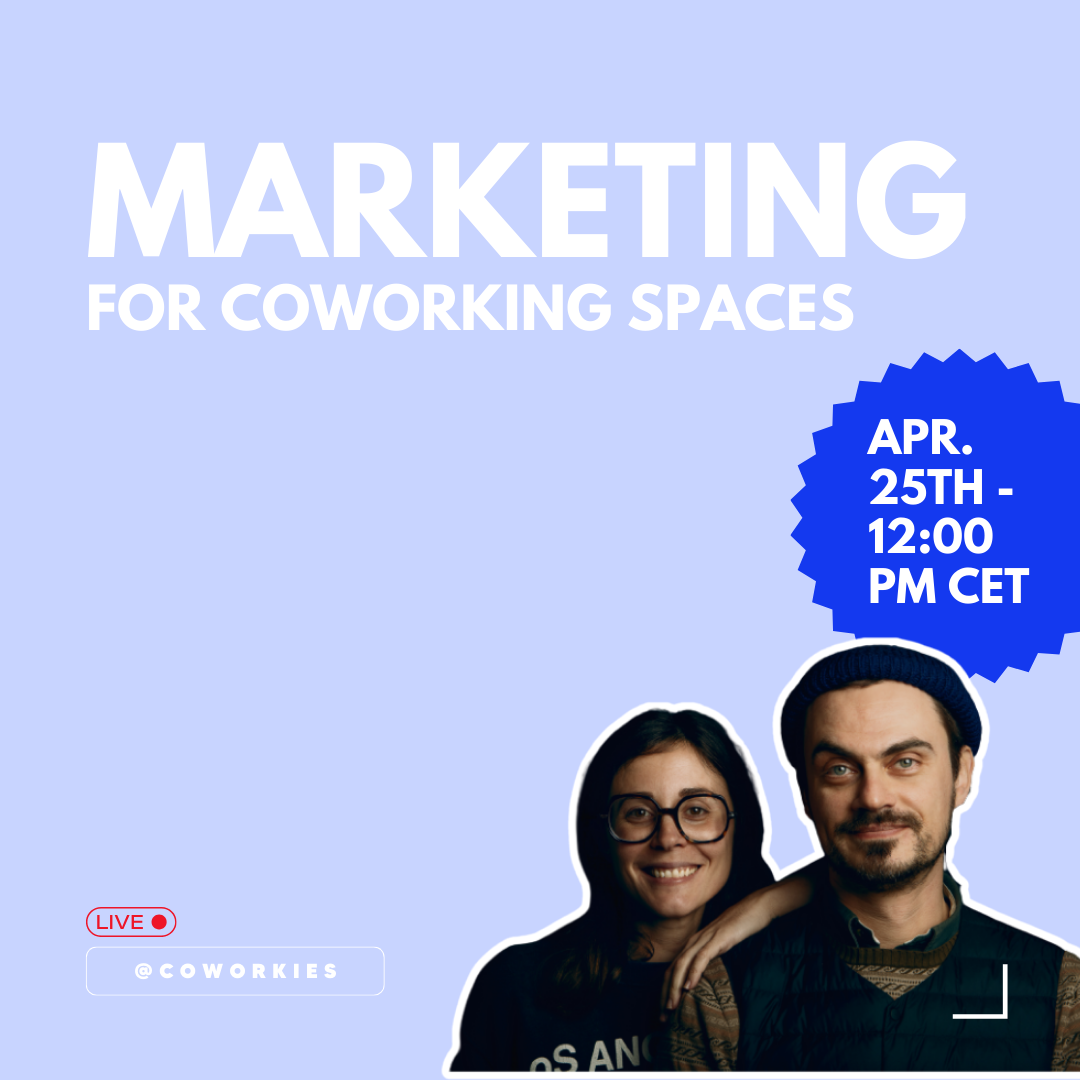
Our Next Online Event Is Live!
Join the Coworkies' Readers Club for our April exploration, dedicated to marketing strategies for coworking spaces. Dive into an engaging 90-minute online session where we'll uncover innovative marketing ideas and discuss common pitfalls to avoid. Expect a session filled with valuable insights and actionable tips designed to elevate your marketing game!
GET YOUR TICKET HERE🎤 Have you witnessed any changes in people's expectations of let's say community activities following the pandemic?
I joined MotionLab Berlin during the pandemic, so I'm not entirely sure what the energy was like before.
However, during the pandemic, there wasn't much of an expectation, per se. I believe the primary expectation was for people to find a space where they didn't have to stay indoors. Essentially, people were thinking, 'Okay, I just want to leave my house. I want to be in a space where I can meet different people and just be in a different environment.'
What's special about our space is that it's not just a regular coworking space; it's also a Makerspace within a large hall, with most of our capabilities geared towards that. We realized at some point that we needed to start catering more to our coworkers because it seemed like we hadn't been focusing on them for quite a while, even though they were there anyway.
We then decided that we needed to enhance our coworking capabilities in the space since there are coworkers who come here strictly for that. Therefore, the expectation shifted from merely looking for a space to get out of the house to seeking a space that offers the specific capabilities they need.
🎤 Do you measure community in any way at MotionLab Berlin?
Not necessarily. From our perspective, what's interesting is that in many spaces, the community spirit is fostered by the team managing the space. However, we've come to realize that in trying to do so, we might inadvertently force the community into activities they may not be interested in.
Therefore, what we strive to do is provide an environment where the community can organize their events within the space. These could range from meetups to events, or even if people want to host a dinner or a movie night. Essentially, these initiatives should come from the community rather than from us, because they are the ones who truly know what they want to do.
🎤 How often do you adapt your community efforts?
Essentially, yes, we do try to adapt our community efforts based on the circumstances but also based on the seasons. In the summer, there are more opportunities to bring people together, whereas in winter, the cold might deter some from attending.
Initially, we encouraged people to 'do whatever you want here,' but no one approached us with ideas for meetups or activities. So, we then started setting aside a budget to support community efforts to bring people together. If a community member says, 'Hi MotionLab Berlin team, I'd like to host a dinner for the community where everyone brings something,' we, as MotionLab Berlin, have a budget for that.
We provide the space and everything, but we also help out by providing the drinks or some food, or a budget that people can then use to buy the food they want to contribute.
This is one of the ways we adapt our efforts: instead of organizing everything ourselves, we give the platform for the community to organize their events with our support.
🎤 Beyond your core community, how do you connect MotionLab Berlin to its extended community which is the city of Berlin?
That's a bit of a tough one because ideally, we would want to connect our community with a similar space. However, at the moment, you don't find many spaces in Berlin quite similar to what we offer, making it hard to find those partnerships where we can say, 'Hey, we want to connect our communities.'
But, for example, we do have our accelerator programs. What's interesting is that we're facilitating knowledge exchanges with different accelerator programs in Berlin. Maybe they come over for a joint pitch session, and they get feedback from the MotionLab Berlin community, or perhaps we visit them and receive feedback from their community. It's these kinds of activities that help connect our different innovation platforms.
🎤 I have two more questions for you. What's the one thing you have learned about community since working for MotionLab Berlin?
One thing I've learned is that you shouldn't force the community to go in a certain direction. Many spaces have a specific objective or goal for how they want the space or community to develop.
However, my biggest learning from the MotionLab Community is that when you push the community in a direction they don't want to go, they will leave, and that's the truth.
So, my most significant realization is that instead of pushing people in a specific direction, you should try to create an environment where they can flourish on their own. Then, they come up with their ideas on how they want to grow and evolve.
🎤 If you could give one piece of advice to our viewers right now on community, let's say building and engagement, what would that be?
Get to know the people in your community. That's pretty much it. Because when you make the effort to know the people in your community, they feel valued. And that's important because without the community, the space wouldn't exist. When you get to know them, you truly value the community.
🚀 To Go Further: Explore More Niche Coworking Communities
Did this article open your appetite for some more examples of niche coworking communities? Keep scrolling down to discover our curated selection of interviews and videos worth having a read or a watch out.







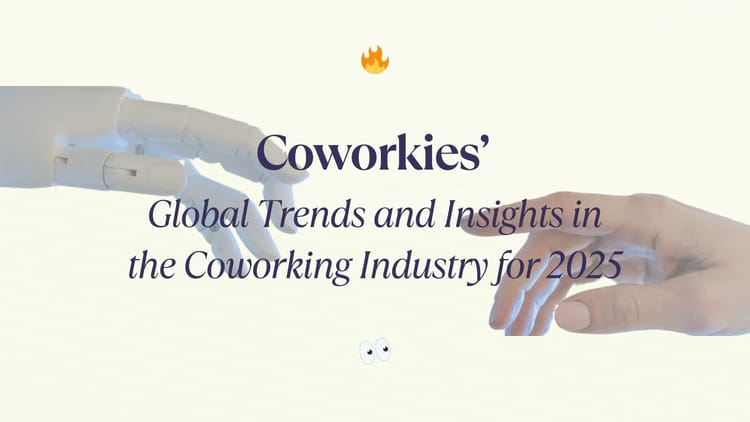
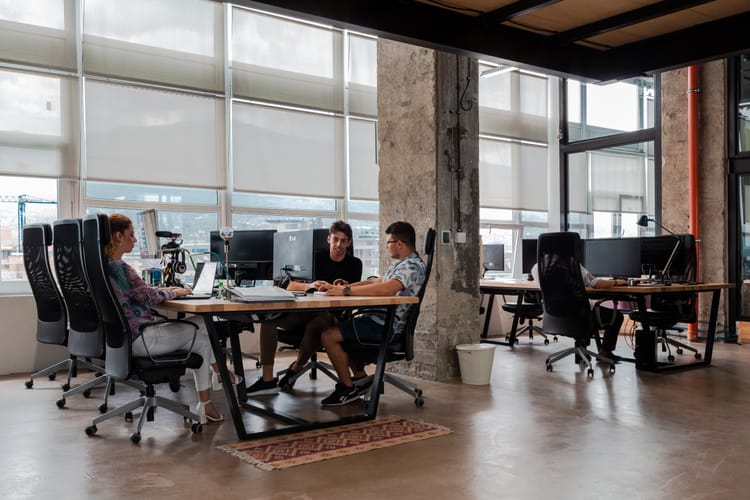
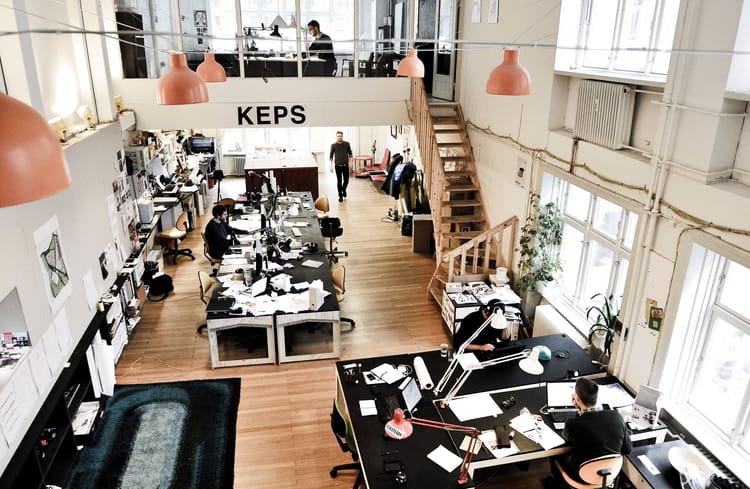
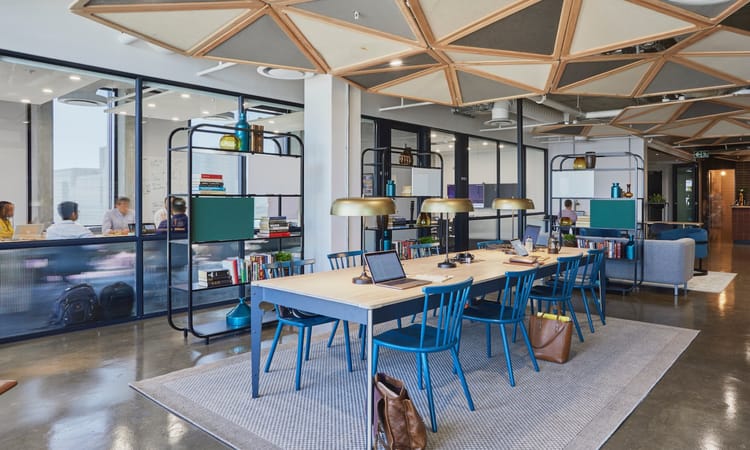
Member discussion